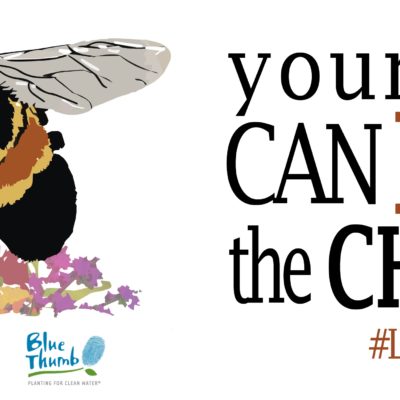Search Results
Pollinator Meadows
Pollinator Meadows are expansive areas full of a diversity of native plants, much like the original prairie that covered the Great Plains. These can be started from seed, all at once. You may find, though, that establishing one is easiest “bite by bite” by starting a smaller garden and then converting more turf to native…
Pollinator Beneficial Trees and Shrubs
One flowering tree can provide as much nectar and pollen as an entire garden. Fruiting shrubs and trees offer multiple other benefits to our yards: habitat, shade, height and structure, food for people and other wildlife, and seasonal interest throughout the year. Large trees can even intercept hundreds of gallons of rain before it becomes…
Pocket Plantings
Pocket Plantings are a great way to introduce biodiversity in your yard. Starting small makes the project more manageable. It’s also easier to care for your garden as it establishes.… Read More →
Save the Bumble Bees
From 2019 State Fair Lawns to Legumes Campaign
Our New State Bee
From 2019 State Fair Lawns to Legumes Campaign
Apply for Lawns to Legumes Assistance
Minnesota residents are eligible to apply for Lawns to Legumes cost-share funding of up to $400 to create pollinator habitat in their yards. The application deadline for the Fall 2024 Lawns to Legumes Individual Support program is May 15, 2024. Grant recipients will be notified in late May. Lawns to Legumes is no longer rolling over…
Pollinator Lawn
What is a Pollinator Lawn? Bee lawns are made of a tight mix of grasses and low-growing perennials that can be used and treated much like a regular lawn but also offer high-quality nutrition to pollinators. Why should I plant a Pollinator Lawn? Pollinator populations have been declining in part due to habitat loss, pesticide…
Turf Alternatives
Do you have areas in your yard where grass doesn’t want to grow? A native garden may be the solution.
Partner Agreement Form
To become a Blue Thumb Partner, please download and read through the 2024 Partner Agreement. Then submit the form below.




